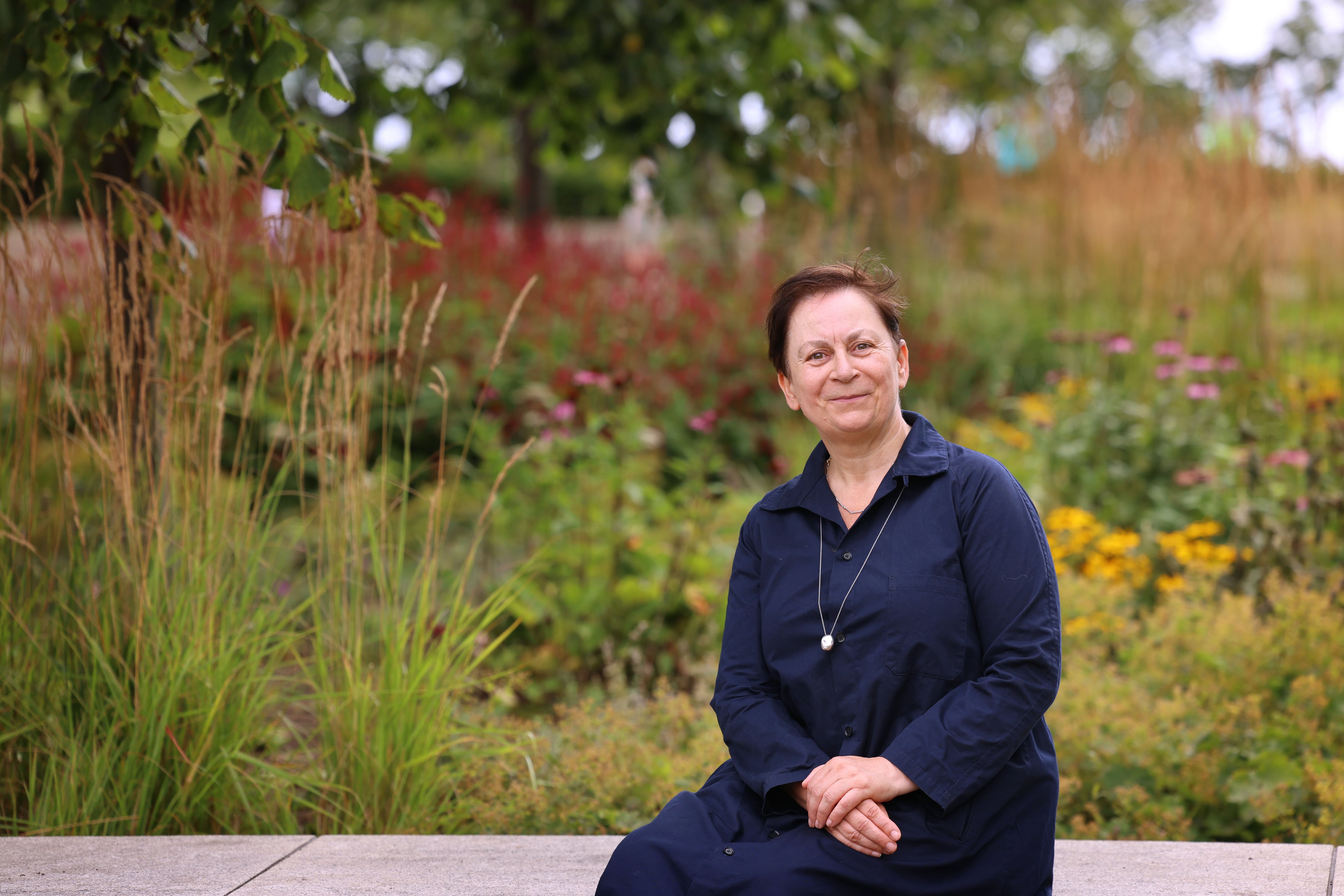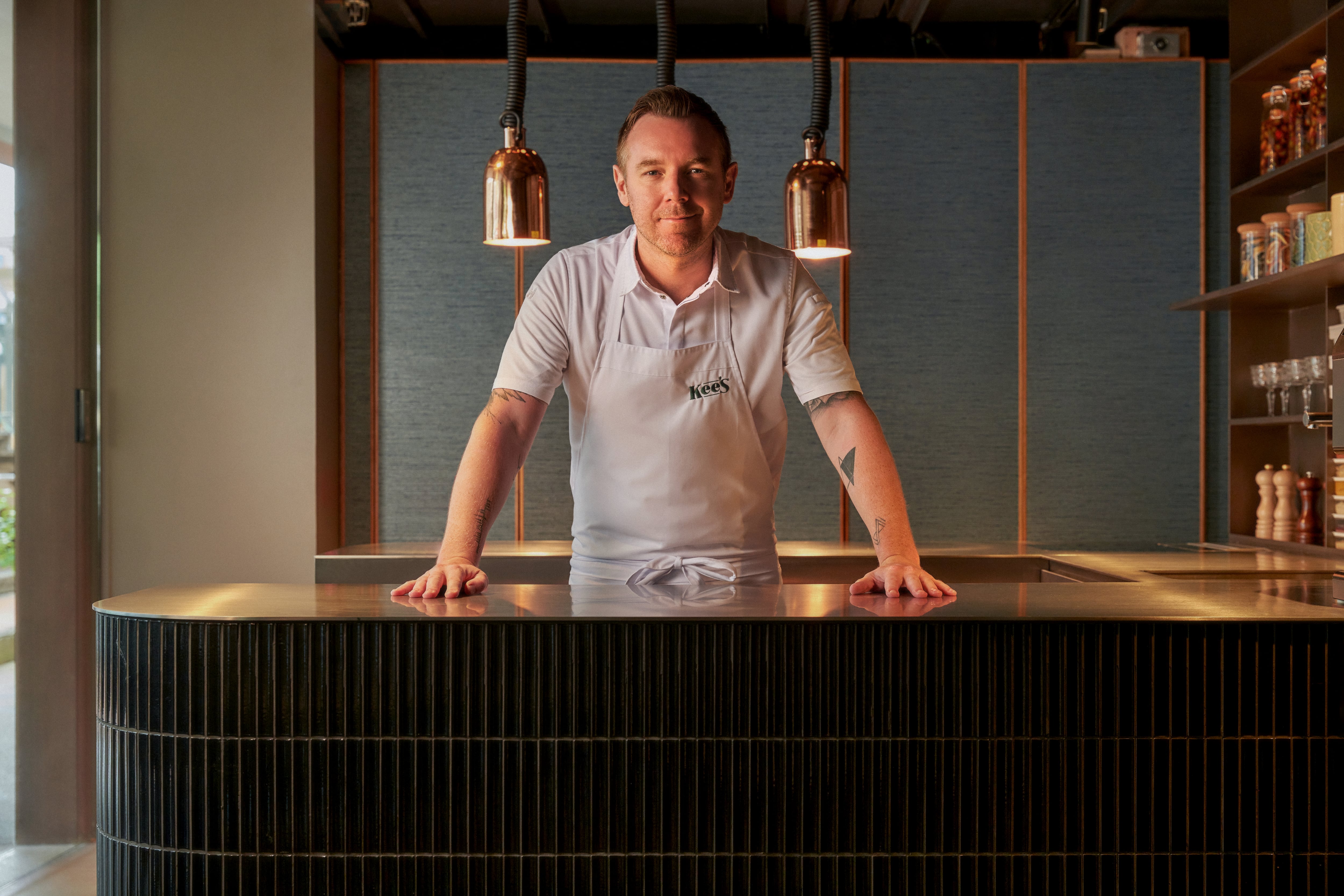Broadcaster and political commentator Ivan Yates did not land himself in hot water for saying, controversially, that Fine Gael’s Heather Humphreys should “smear the bejaysus” out of her Independent opponent Catherine Connolly in the presidential election campaign.
It was the revelation that in late September he had given four hours’ media training to the Fianna Fáil candidate Jim Gavin that spelt trouble for him.
His work raised clear questions of a conflict of interest and that he had failed to disclose his work with Gavin during the campaign. He was dropped as co-host of the Path to Power political podcast, co-presented with journalist and broadcaster Matt Cooper, as a consequence.
It later emerged that Yates had given extensive media training to Fianna Fáil TDs over the past few years, bringing an inevitable focus on what that training actually involved.
READ MORE
Was Yates telling Fianna Fáil politicians what to say in debates, or merely telling them how to say what they themselves wanted to say?
[ Where was the broadcast media’s due diligence on Ivan Yates?Opens in new window ]
The debate over that distinction has been ongoing for more than half a century, since an RTÉ presenter Bunny Carr set up Carr Communications in 1973.
In a new broadcasting environment in which politicians faced hard questioning on radio and TV, Carr trained them in how to deal with those situations. For one famous RTÉ debate between Charles Haughey and Garret FitzGerald in 1981, both leaders were preparing for the debate in separate rooms at Carr’s offices at the same time.
There was some degree of myth-making about its influence. A standard response of many politicians at the time to tricky questions live on air was “I’m very glad you asked me that question.” It was seen as a verbal device, drummed into them by Carr, to allow the interviewee to buy a little time.
Bunny Carr rejected one perception of his role. In a 1996 interview, he said: “The public seem to think that we teach politicians how to tell lies. That’s not so.”
As for Yates he was reportedly training Fianna Fáil TDs as far back as 2022 using his services as a communications coach, with a large number of its TDs doing his courses back then.
Some of those TDs felt the benefit of his advice.
“He is a highly skilled media trainer with a unique insight into politics and journalism,” said one TD who wished not to be named.
“The message and words are yours and his focus was always on how to help you distil your words and message into short, sharp answers.”
Another said he was very direct and did not shy away from telling the TDs home truths about their performances.
I decided to see for myself what’s involved in communications training by attending another coach and being put through my paces.
Lorcan Nyhan is head of training at The Communications Clinic, one of the leading companies in this area. Straight off the bat, he says the purpose of training is never about coaching people on what to say.
“It’s not what we train here,” he says matter-of-factly.
So what do they do?
“Everybody has a version of themselves that is a good communicator and that is passionate,” he replies.
“Our job when we are training is to find out what you look like when you are good ... Some people need to prep harder to find that version of themselves. It’s also very hard to sound passionate about something you are not passionate about. So you need to work out what you really care about.”

How Ivan Yates’s links to Fianna Fáil have landed him in hot water
Nyhan is speaking in a meeting room in the company’s offices on Adelaide Road in Dublin. There are cameras placed discreetly in different areas of the room and there is a large video screen on the wall. In the corner is what looks like a radio studio, complete with mics.
Nyhan is very clear on what works and what does not work in the debriefing afterwards.
He puts this reporter to the test in a tough interrogation that lasts more than 10 minutes.
For the purposes of getting a fuller understanding of what media training entails, I have adopted the alter ego of a politician standing as a candidate in the local elections for the first time. Nyhan has asked me to pick out my main issues.
I try to choose issues that I have views on, that are worthy yet not overly controversial. In this category, these policies include demanding more open spaces and playing facilities for children and teenagers, the need for more cycling lanes in cities, and calling for a year’s immersive education in Irish.
The “political” interview begins.
I set out my stall, listing my three “issues” and describing each. But within the 10 minutes, there is a slight unravelling of my arguments, as I face questions that challenge my views and divert me from my train of thought.
I run out of time before I get to say anything meaningful about pitches and open spaces. I spend too much time talking about the high number of students who get exemptions from Irish on grounds of dyslexia. I get bogged down explaining my thesis on why cycle lanes are good. My biggest stumble is not getting around to my main passion.
There are good moments, though. I prevent the interviewer from moving on in order to get across my main argument about tomoideachas (immersive education). I make what I think is a good case for trying to do what’s right rather than doing what’s popular.
Reviewing the video is usually a chastening experience.
For Nyhan, listening back and self-analysis is a cardinal rule. It has to be done.
“You need to realise that you have to watch and listen back to assess your actual performance versus what the performance feels like in the moment.”
He says you will never get an accurate picture of how you have performed without reviewing it, and then repeating that over and over.
“You need to do what’s called active preparation: practical; experiential; up on your feet; talking it out; doing run-throughs; doing interviews yourself; doing interviews with other people; getting a muscle memory of having said it.
“For whatever reason, communication is one of the few things that people will try to prepare for by not doing the thing they’re preparing to do.”
The aim is to be “memorable, interesting, understandable on the central points”.
The other big omission from my interview was that I did not illustrate my arguments with a specific story or image. The new mayor of New York City, Zohran Mamdani, is masterful at these.
“He uses his platforms to communicate his values rather than just policy,” says Nyhan. “And he always communicates using vivid imagery. So he’s talking about free buses. He’s talking about state grocery stores. You can see them as he talks. But the [political point] is not really about the grocery store. It’s about life being too expensive and his focus on affordability.”
Nyhan says people remember imagery, examples and stories. “If you can make them see something, on an individual level you can then attach a political point.”
He considers Trump another very effective communicator.
“Does he know his audience? Absolutely. Does he hit his objectives? Absolutely. Does he speak in a way that’s understandable. Yes.”
He thinks Canadian prime minister Mark Carney is effective. He is very direct and has the capacity to make people see his vision, says Nyhan.
“He is not an orator or massively charismatic like Obama but he’s earnest and he is focused,” he says.
Catherine Connolly was also very effective in her run to the Áras, he says.
Asked about the winning candidate’s preparations for the election, a spokeswoman said Connolly received no media training other than prepping with her campaign team.
“The podcast strategy massively played to her strengths as she can be quite reflective,” says Nyhan. “She was able to use specific stories from her childhood, of running marathons. It said: here’s who I am and the kind of person I am.
“In debate situations, she had a lot of work done in bringing it back to the points she wanted to make and sticking to her messages.”
Three communication tips for politicians in interviews
- Silence can be golden: “In an interview situation everything is heightened,” says Nyhan. “Every second can feel like five seconds. If you get into the habit of pausing and then answering, you give yourself enough time to compose yourself.”
- Honesty: “If you are asked a question you don’t know the answer to, you have two options. Prove you don’t know by speaking away and annoying people. Or simply say I don’t know. People are open to that authentic approach.”
- Don’t make too many points: “You walk out of the studio and say: I hit all the points I wanted to make. If they weren’t memorable, they were not understood. If the listener could not repeat them back the following day, you just talked. You did not communicate.”














